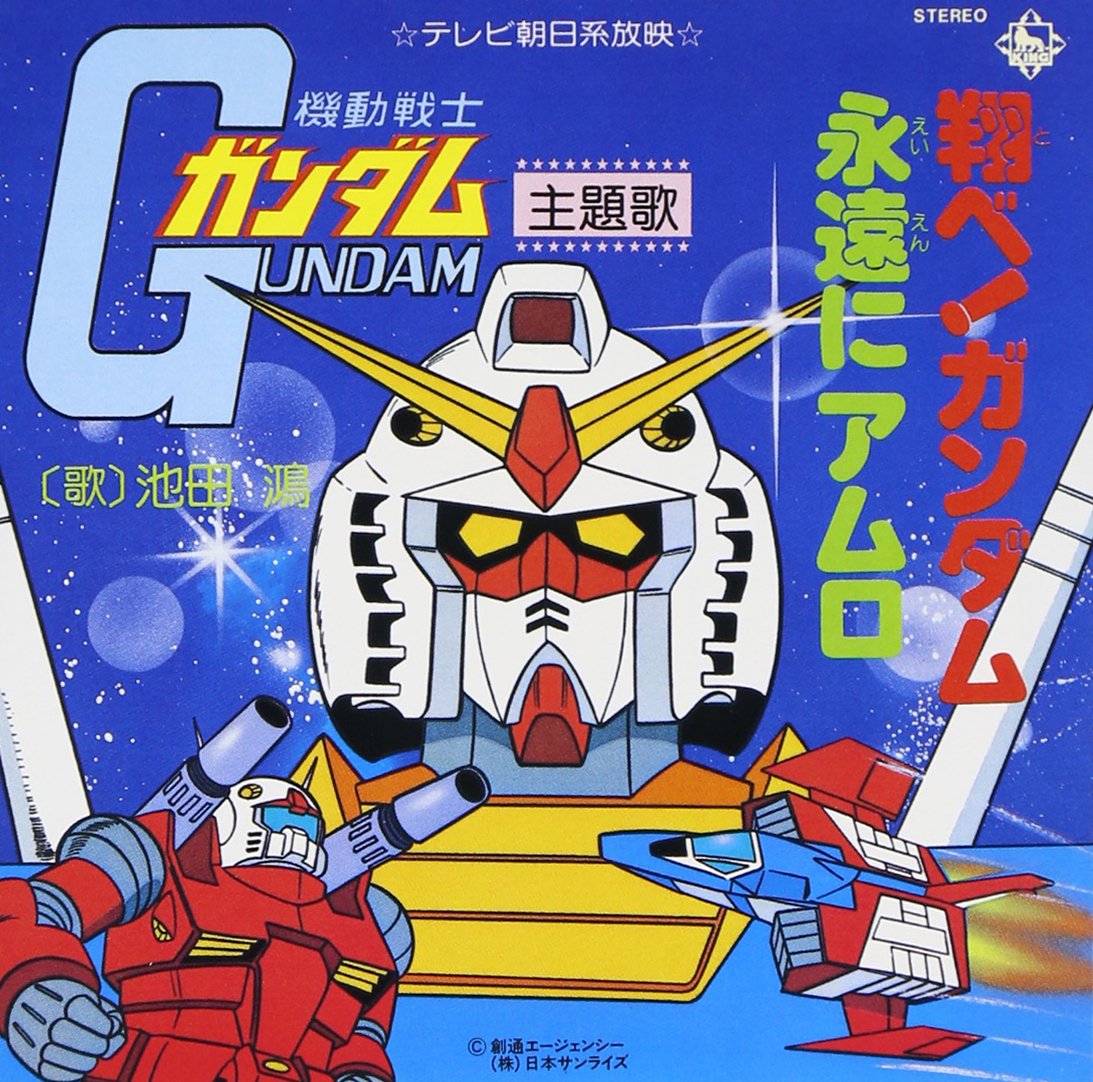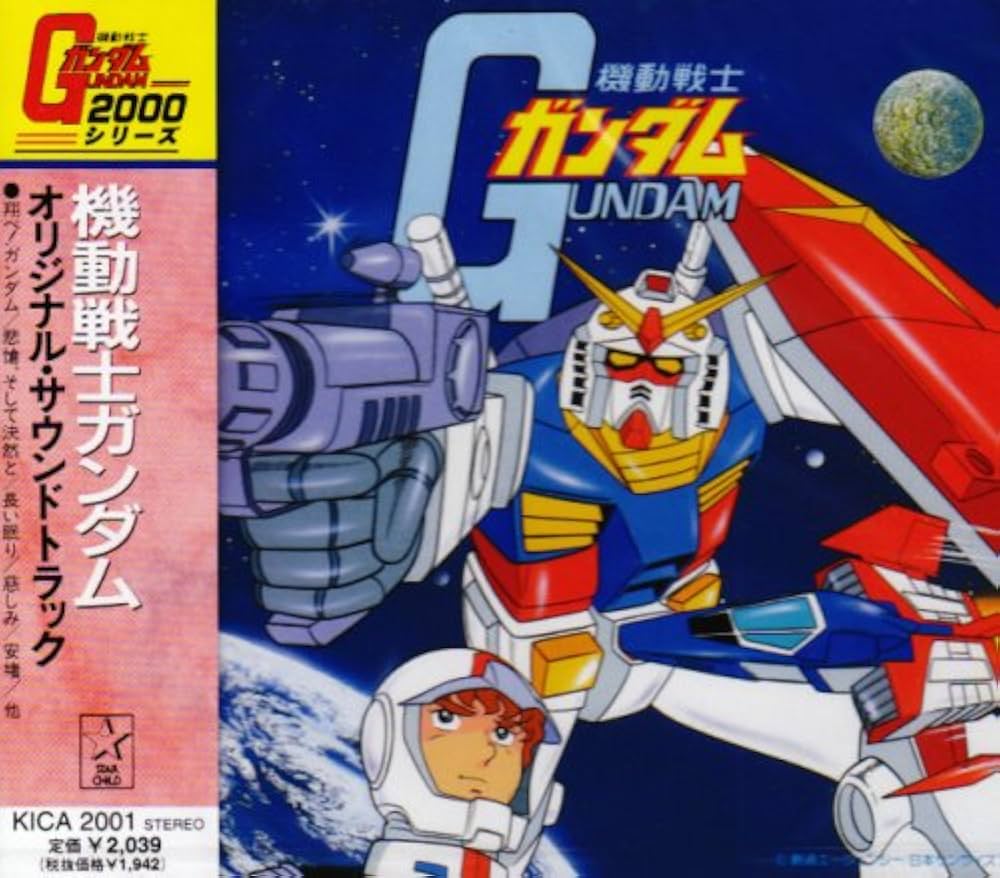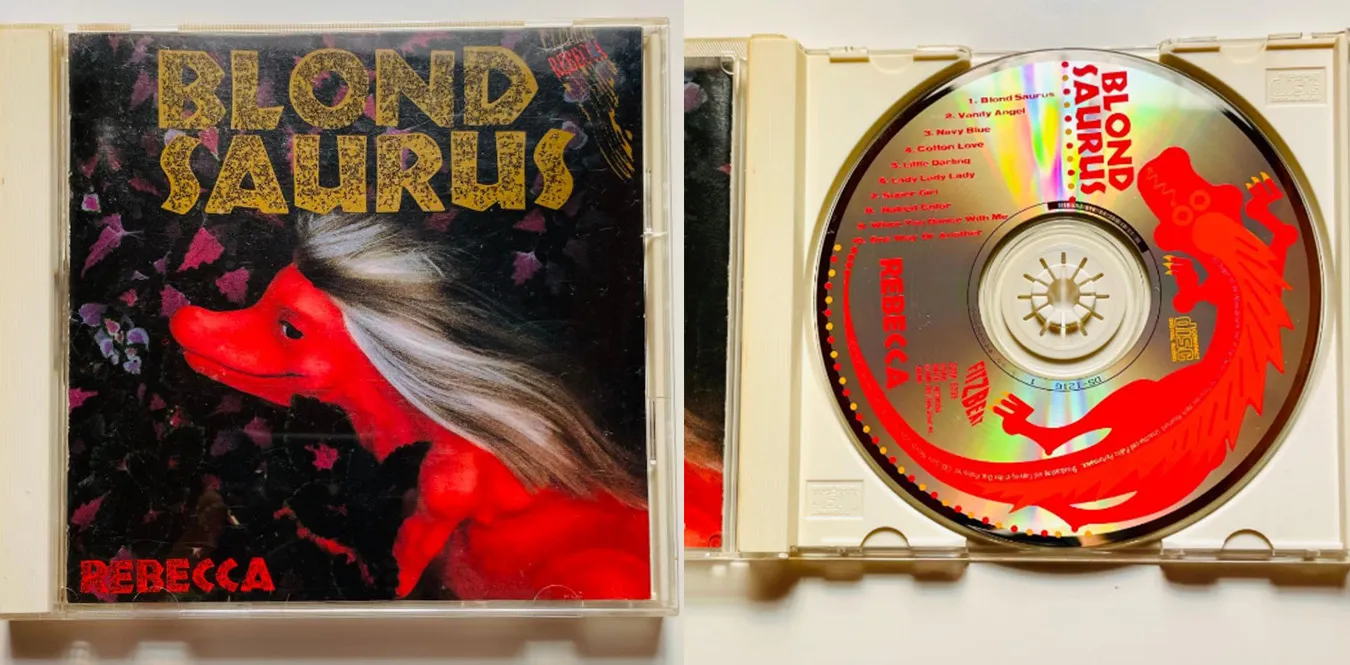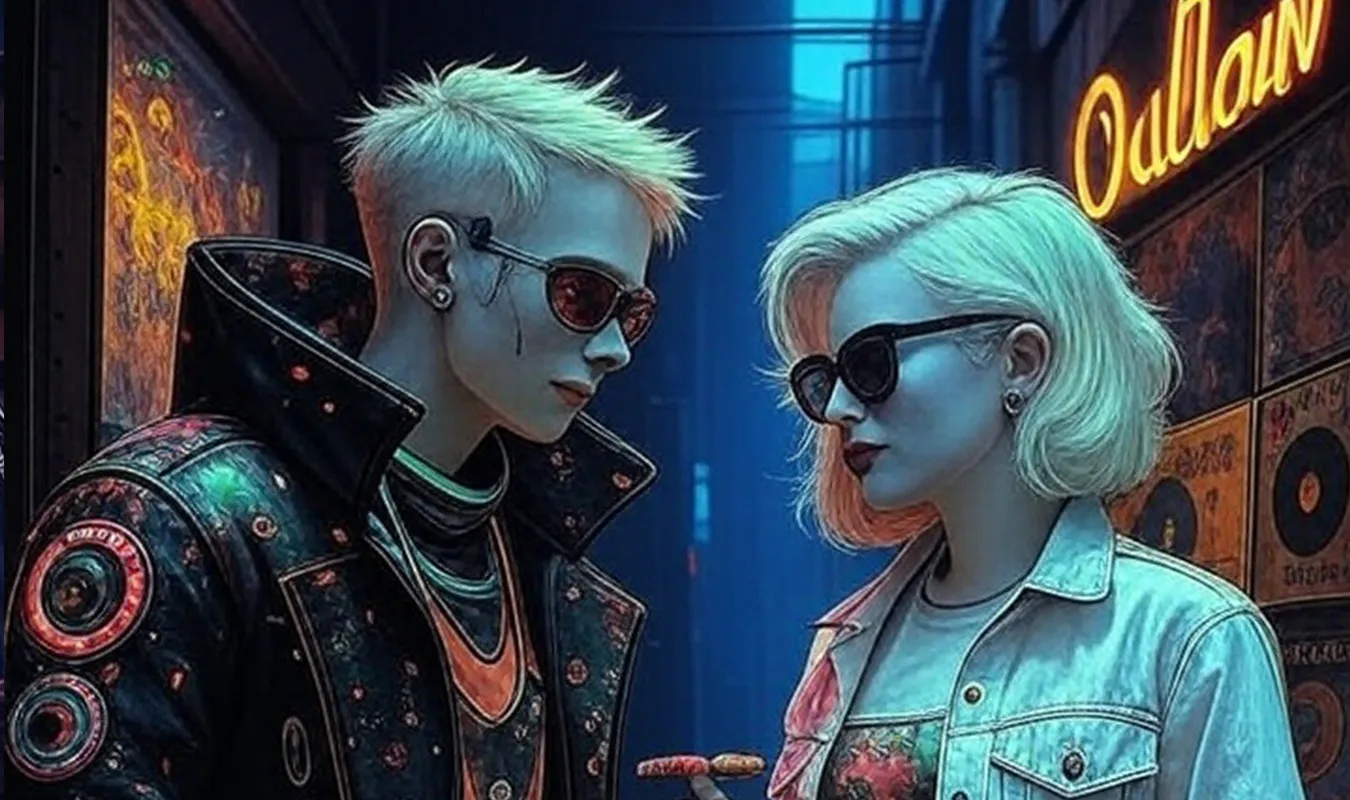[Column] Mobile Suit Gundam and the universe of music - Mobile suits as a symphony
Column en 70s 80s Anime JPop![[Column] Mobile Suit Gundam and the universe of music - Mobile suits as a symphony](/../assets/images/column-gundam.webp)
I. Starting point in the 1960s: Beyond musical institutions
Text: mmr|Theme: How music supported the “realism” of the Gundam worldview
In 1979, “Mobile Suit Gundam” was not just a robot anime, It was born as a realist work depicting war and humans. What was echoing in the background was an orchestral score by Takeo Watanabe. It was a grand genealogy of musicians’ sounds that eventually traversed the series. In this article, we interpret “Gundam music” as a symphony of Japanese anime music history.
Column manuscript
Introduction



Mobile Suit Gundam began airing as a TV anime in 1979. It vividly depicted themes such as war, Newtypes, and space battles, and became the beginning of a profound series of works that went beyond the boundaries of giant robot (mobile suit) anime. However, in this series, along with the visual and narrative elements of mecha and human drama, another important pillar is ““music’’. Theme songs, insert songs, and musical accompaniment (BGM) are not just accessories; they support the story, expand the worldview, and play a role in stirring the emotions of viewers.
In this article, we will look at the Mobile Suit Gundam series from the perspective of music. While tracing the changes in the series and music from 1979 to 2025, we will decipher how music has shaped Gundam and how it has changed over time. The structure of music, changes in lyrics, melodies, recording/distribution formats, and thematic functions played by music - let’s take a journey to “listen” to the world of Gundam, using these as clues.
I would like readers to listen carefully to the world of the work while remembering their favorite Gundam theme songs and insert songs. Through this column, we will explore the question of why “Gundam music” continues to be talked about, sung, and remixed across generations.
Chapter 1: Early TV series (1979-1980s)
1.1 Gundam’s first appearance and historical background
In April 1979, the television series ““Mobile Suit Gundam’’ began airing. Unlike traditional “hero robot” anime, it advocates a “real robot” view, depicts war as a quagmire, and delves deeply into human drama as well as mecha action through the growth of the boy Amuro Ray and the setting of the Universal Century (U.C.) war with the Principality of Zeon.
Looking back at the music environment at the time, it was also a time when TV anime theme songs and insert songs were beginning to shift from “play songs for children” to “hit songs for general circulation.” As the base of music listeners expanded from light pop to synth orchestras, Gundam music was also undergoing a change.
1.2 Characteristics of theme songs, insert songs, and musical accompaniment
The opening song for the original Mobile Suit Gundam, ““Fly! Gundam (sung by Kou Ikeda)” (lyrics by Tsutomu Isoya/composed by Yuji Matsuyama), was a simple yet catchy song that conveyed the image of a Gundam flying through outer space, embodying the scale of the work”s world and the boy”s sense of adventure through sound. In addition, Hiroyuki Osaka, Chuaaki Watanabe, and others provided the background music that supported the depiction of battle, space, and psychology, and used sound to convey themes such as the tense atmosphere of the ““battlefield” and the awakening of ““new types.’’
At this stage, there are three main innovations that Gundam music has shown.
- Generalization of theme songs
:Anime theme songs are increasingly appearing on Oricon”s top charts, and they have begun to take on the aspect of ““pop music” instead of ““songs for children”s programs.”
-
Deepening of the musical accompaniment: It was not just a background sound, but was constructed as a sound to depict war and human drama.
-
Unification of story and music
:For example, the keywords “space,” “battlefield,” and “new type” in the work became established as “sound images” through the music and sound design.
In this way, the Gundam music of the 1979-80s can be said to be an opportunity to reconsider anime music as a next-level culture.
1.3 Musical innovation and its meaning
The meaning that Gundam music played in this era can be summarized as follows. First, as anime music began to connect with the mass market, the works themselves began to be developed as “music products.” Music releases, such as theme song singles, theatrical accompaniment album releases, and song introductions on radio programs, became a regular part of the production.
Music also served as a device to channel the emotions of the audience. The bass rhythm during battle scenes, the tranquil strings in outer space, the chorus when the Newtype awakens, the lyrical melodies during scenes of friendship and farewell… these acoustic effects supported the multilayered story world of the Gundam series.
Furthermore, these musical devices had a major influence on subsequent series. For example, in 1985, ““To the Planet of Water with Love’’ (sung by Hiroko Moriguchi) had Neil Sedaka as the composer, and international composers and melodies have begun to be used.
In this way, it can be said that the early Gundam music opened up the perspective of ““anime music as a cultural asset.’’
Chapter 2: Developments from the 1990s to the 2000s (“Anime Song”/Remix Era)
2.1 Expansion of the “Gundam” brand and changes in the music scene
In the 1990s, the Gundam brand expanded beyond the TV series to include OVAs, movie versions, games, and plastic models. In terms of music, anime songs (anisongs) have become established as a genre, and theme songs/insert songs have come to be promoted as the “face” of artists.
At the same time, the number of theme songs with synth sounds, dance beats, and pop-style structures increased, and we began to see a shift in musicality from the traditional structure of ““serious background music depicting war + hero anthems’’ to the side of pop culture.
2.2 Example: “Mobile Fighter G Gundam”, “New Mobile Report Gundam W” and theme song changes
In the TV anime “Mobile Suit Gundam W” (New Mobile Suit Gundam W) that aired in 1995, the opening theme “Just Communication” (sung by TWO-MIX) adopted a synth beat and a pop melody, making it a work that stands out from traditional Gundam theme songs.
The appearance of this song was also an opportunity to change the conventional image of Gundam = war drama + heavy music to a slightly lighter version of a hero song that can be heard in pop music.
Additionally, OVA and movie versions now have a richer variety of music products, including theme songs, insert songs, character songs, and remix discs. Music has expanded from being “exclusive for works” to “exclusive for brands.”
2.3 Drama accompaniment, theme songs, and insert songs: changing tastes over time
During this period, the range of music development expanded significantly. In addition to theme songs, insert songs, character songs (songs sung under the character’s name), remix albums, best albums, live albums, etc. were released one after another, and the categorization of music products progressed.
The musical accompaniment (BGM) has also evolved. There was a growing movement to boldly fuse piano, strings, and synths, and a strong trend emerged from the 1980s’ “battlefield” sound to express the “feelings of a character” and “detailed internal depiction” through sound.
In this way, Gundam music in the 1990s and 2000s evolved into “character/brand music,” and the music itself became the “face” that supported the work.
Chapter 3: 2010s to recent years (diversification/fusion of video and music)
3.1 Trends in Gundam music since the 2010s
In the 2010s, the way music is distributed and consumed has changed dramatically. With the shift from CDs to distribution and streaming, anime theme songs and musical accompaniments are also expanding beyond traditional formats. The Gundam series is no exception, and has become increasingly diverse, with soundtracks being released exclusively through digital distribution, orchestral arrangement versions, and deluxe editions.
We have entered an era in which “Gundam music” is not just “background music to listen to” for listeners, but can be easily accessed as “music to listen to” through streaming, live performances, collaborations, etc.
3.2 Example: Soundtrack composition of the “Mobile Suit Gundam SEED” series
For “Mobile Suit Gundam SEED” (2002-), Hiroyuki Kono and others were in charge of the music, rather than the composer Hiroyuki Sawano, and the theme song, insert song, character song, remix disc, and “Suit CD” were developed. This structure shows that Gundam music has become “a product/culture that cannot be separated from the work.” Music has become a brand, and it has come to function in places other than productions (live shows, bonus CDs, collaborations).
3.3 Recent work: Musical experiment in “Mobile Suit Gundam: Witch of Mercury”
The latest work, “Mobile Suit Gundam: Witch of Mercury” (2022~), is an attempt at a fusion of “academic orchestra + modern electronics” by composer Ko Omama. In terms of music, it has transcended the framework of Gundam and reached generations as ““modern anime music,’’ and it is noticeable that it is being released both digitally and on LP (analog). In this way, it can be said that Gundam music since the 2010s has entered a period of innovation in its “format, medium, and expression,” and is taking a multi-layered approach.
Chapter 4: The theme of “Gundam” told through music — war, hope, loneliness
4.1 The narrative role of music
When we look back at the Gundam series from a musical perspective, we can definitely see themes such as “war,” “hope,” “solitude,” and “humanity’s potential” etched into it. For example, the intimidating and tense background music that plays during battlefield scenes, the tranquil melody when Newtypes appear, and the warm theme song that plays during friendship scenes - music expresses the emotion and atmosphere of the story.
In this way, “sound” helps the interpretation of the story, and by “listening” it is possible to enter deeper into the world of the work. It’s no exaggeration to say that music delicately depicts “mental images” that cannot be grasped by sight alone.
4.2 Lyric analysis example of theme song/insert song
For example, the 1985 song “Water Star with Love” (sung by Hiroko Moriguchi) was written and composed by a foreign writer, and incorporates the keywords “earth,” “space,” and “future” into the lyrics, and sings of the loneliness of fighting and the hope of wishing for. In addition, the ending theme of the 1988 movie version of Mobile Suit Gundam: Char’s Counterattack, ““Beyond the Time~Beyond the Moebius Universe~” (sung by TM NETWORK), expressed the themes of ““Who do we fight for?” and ““An Endless Battle’’ with magnificent music. In this way, deciphering the meaning behind the lyrics and melodies of theme songs and insert songs is extremely effective in understanding the story world of Gundam musically.
4.3 Deep exploration of BGM and the worldview of the series
While the theme song acts as a “song” and opens up the work to the outside world, the background music (background music) is the unsung hero that supports the world view within the work. For example, during battle scenes, a bass-heavy rhythm increases the tension of a space battle, and when a new type awakens, a string chorus creates a sense of tranquility. Since the Mobile Suit Gundam series is a work that questions the question of ““man and machine/mankind and the universe,” music also exists as the ““voice” of that question. Through musical analysis like this, we can explore why Gundam continues to be talked about across generations.
Chapter 5: Fan culture and music — covers, live performances, remixes, special editions
5.1 Live/cover version of theme song/insert song
Another aspect of Gundam music is its close relationship with fan culture/live culture. For example, on the occasion of Gundam’s 30th anniversary, an album called “Gundam Rock” was released, in which foreign musicians covered Gundam theme songs.This shows that music has transcended the production and become a “global culture.”
Additionally, Gundam theme songs are always included in the repertoire of anime song live events performed by artists, and the number of experiences where the audience sings along is increasing. In this way, music has changed into content that is not only something to be “listened to” but also something to “participate in”.
5.2 Gundam as a musical work: remix, arrangement, planning edition
As for music products, Gundam series theme songs, insert songs, and soundtracks have been released in numerous best-of albums, symphonic versions, DJ remix editions, and “Suit CDs” (CDs with names of mobile suits and characters). As a result, a market for “Gundam music” that can be enjoyed on its own has been established. These remixes/arrangements play a role in promoting ““listening to Gundam”’ and inviting people who don”t know the original anime to the Gundam world through the music.
Chapter 6: Discussion and future outlook
6.1 What is the universality of Gundam music?
The universality of the music in the Gundam series continues to be heard throughout the ages precisely because it is rooted in the major themes of “war, humanity, and hope.” The moment the theme song plays, you are drawn into the world of the work because the music goes beyond the visual sense and directly affects your emotions.
Furthermore, the medium of music is easily shared across generations. The composition of a child humming the Gundam theme song that their parents listened to symbolizes the fact that Gundam culture is a phenomenon that ““crosses families and generations.’’
6.2 Technological innovation (distribution/streaming/live) and music monetization
In recent years, with the shift from CDs to distribution and streaming, the distribution method for anime music has changed significantly. Gundam music is no exception, and has become increasingly diverse with download benefits, limited edition LPs, and advance distribution releases.
In addition, “music as an experience” such as live shows, VR, and concerts is becoming increasingly important, and the cross-media development of music x video x live performances is the key to shaping the future of Gundam music.
6.3 The future of Gundam/music: Expected developments after 2025
From 2023 onwards, the musical quality of Gundam works will continue to reach even higher heights through new releases such as ““The Witch of Mercury.’’ For example, orchestral recordings, overseas studio recordings, and vinyl reissues are in progress. After 2025, it is expected that the era of “listening to music” will shift from “listening to music” to “experiencing music” through expansion of distribution platforms, linkage with 4K/VR video, live performances + video production, etc.
Instead of a conclusion
“Listen to Gundam again” can be said to be synonymous with “watching Gundam again.” This is because music represents the characters’ emotions and carves out the trajectory of the story. We hope that through this article, you will be able to pick up your favorite Gundam theme song again and listen to the history and story world that it has created once again. Finally, to dig deeper into Gundam music, be sure to search and collect CD jackets, live videos, composer interviews, and more. The journey of sound expands richly beyond sight.
Chronology (Appendix)
Below is a chronology including works, theme songs/insert songs, composers/singers, and notes.
| Year | Title | Theme song/Insert song | Composer/Singer | Notes |
|---|---|---|---|---|
| 1979 | Mobile Suit Gundam (TV version) | Fly! Gundam | Yuji Matsuyama/Ko Ikeda | TV series first theme song |
| 1985 | Mobile Suit Zeta Gundam | To the Planet of Water with Love | Neil Sedaka/Kayoko Ebina/Hiroko Moriguchi | Opening song |
| 1988 | Mobile Suit Gundam: Char’s Counterattack (movie) | Beyond the Time | Tetsuya Komuro/TM NETWORK | Movie theme song |
| 1995 | New Mobile Report Gundam Wing | Just Communication | Minami Takayama・Shiina Nagano/TWO-MIX | TV version opening |
| 2002 | Mobile Suit Gundam SEED | We were together like that | Composer: Hiroyuki Kono and others/See-Saw | Series music development begins |
| 2022 | Mobile Suit Gundam: Witch of Mercury | (Theme song/Drama accompaniment) | Ko Omama/(Singer) | Latest work/revamped music composition |
List of theme songs and insert songs (table format appendix)
Below is an excerpt list of major works and representative songs.
| Work title | Song title | Singer | Composer/Lyricist | Notes |
|---|---|---|---|---|
| Mobile Suit Gundam | Fly! Gundam | Kou Ikeda | Yuji Matsuyama/Tsutomu Isotani | First OP |
| Mobile Suit Zeta Gundam | With love to the water planet | Hiroko Moriguchi | Neil Sedaka/Kayoko Ebina | OP2 song |
| Mobile Suit Gundam: Char’s Counterattack | Beyond the Time ~Beyond the Mobius Universe~ | TM NETWORK | Tetsuya Komuro/Mitsuko Komuro | Movie theme song |
| New Mobile Report Gundam W | Just Communication | TWO-MIX | Minami Takayama/Shiina Nagano | OP |
| Mobile Suit Gundam SEED | We were together like that | See-Saw | (Composer: Hiroyuki Kono and others) | Series theme song } |
Musician/Composer/Singer Introduction
Below is a section introducing representative musicians/singers who have made significant contributions to the Gundam series music.
- ・Tetsuya Komuro
A composer and producer who led the Japanese pop music scene from the 1980s to the 1990s. He created the theme song “Beyond the Time ~Beyond the Mobius Universe~” for “Mobile Suit Gundam: Char’s Counterattack” released in 1988, creating a turning point in the history of Gundam music.
- Neil Sedaka
American pop composer/singer. In 1985, he participated in the composition of the opening song for ““Mobile Suit Zeta Gundam”, ““To the Planet of Water with Love,” and is a significant presence in the sense that he used an overseas composer.
- TWO‑MIX
A pop unit that represented the anime song scene in the late 1990s. They attracted attention with the opening song ““Just Communication” of ““Mobile Suit Gundam W”, and symbolized the ““pop-ization’’ of Gundam music with a song composition centered on synth pop.
- Hiroko Moriguchi
A singer who has been active from the 1980s to the present day. He has been responsible for many theme songs for the Gundam series, including the opening theme song for “Mobile Suit Zeta Gundam”, “With Love to the Star of Water” and the theme song for “Mobile Suit Gundam F91”, “ETERNAL WIND ~Hohoemi wa Hikaru Kaze no Naka~”.

![[Column] Tatsuro Yamashita: Analog aesthetics and changes in sound after transition to digital](/../assets/images/column-yamashita-tatsuro.webp)
![[Column] Kronos Quartet: The trajectory of a string quartet that continues to innovate and take on challenges](/../assets/images/column-kronos-quartet.webp)
![[Column] Penguin Cafe Orchestra - An imaginary paradise that resonates between ambient and folklore](/../assets/images/column-penguin-cafe-orchestra.webp)
![[Column] New Age Steppers: The revolution of an action label that reconnected the strata of post-punk and dub](/../assets/images/column-new-age-steppers.webp)
![[Column] Parliament / Funkadelic: The whole story of the P-Funk revolution - deciphering space myths, groove techniques, and cultural heritage](/../assets/images/column-parliament-funkadelic.webp)
![[Column] Toots and the Maytals — The soul of reggae etched by live performances](/../assets/images/column-toots-and-the-maytals-live-history.webp)

![[Column] Marvin Gaye: Between Love and Pain - Salvation and Destruction as Seen by the God of Souls](/../assets/images/column-marvin-gaye.webp)
![[Column] From Joy Division to New Order: The evolution of Manchester sound](/../assets/images/column-joy-division-new-order.webp)
![[Column] Ambient: From](/../assets/images/column-ambient2.webp)
![[Column] From the intersection of disco and Japanese culture to the present — history, masterpieces, equipment, club culture](/../assets/images/column-disco-japan.webp)
